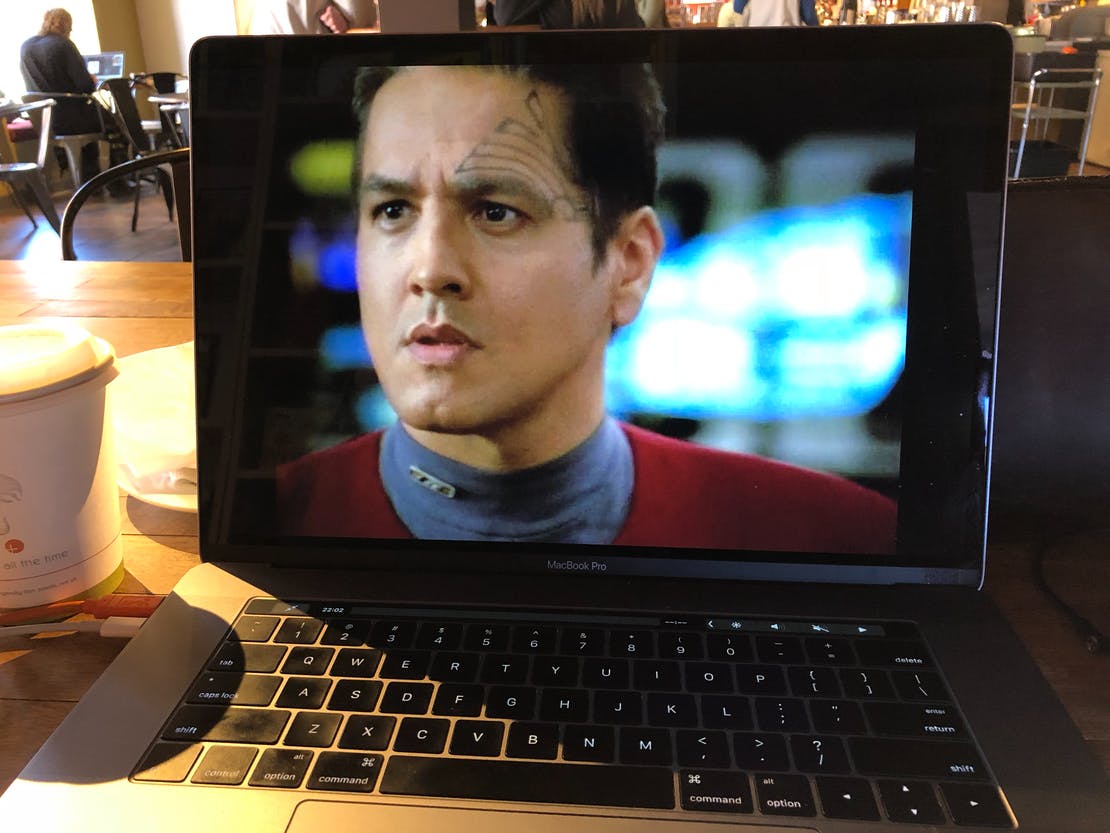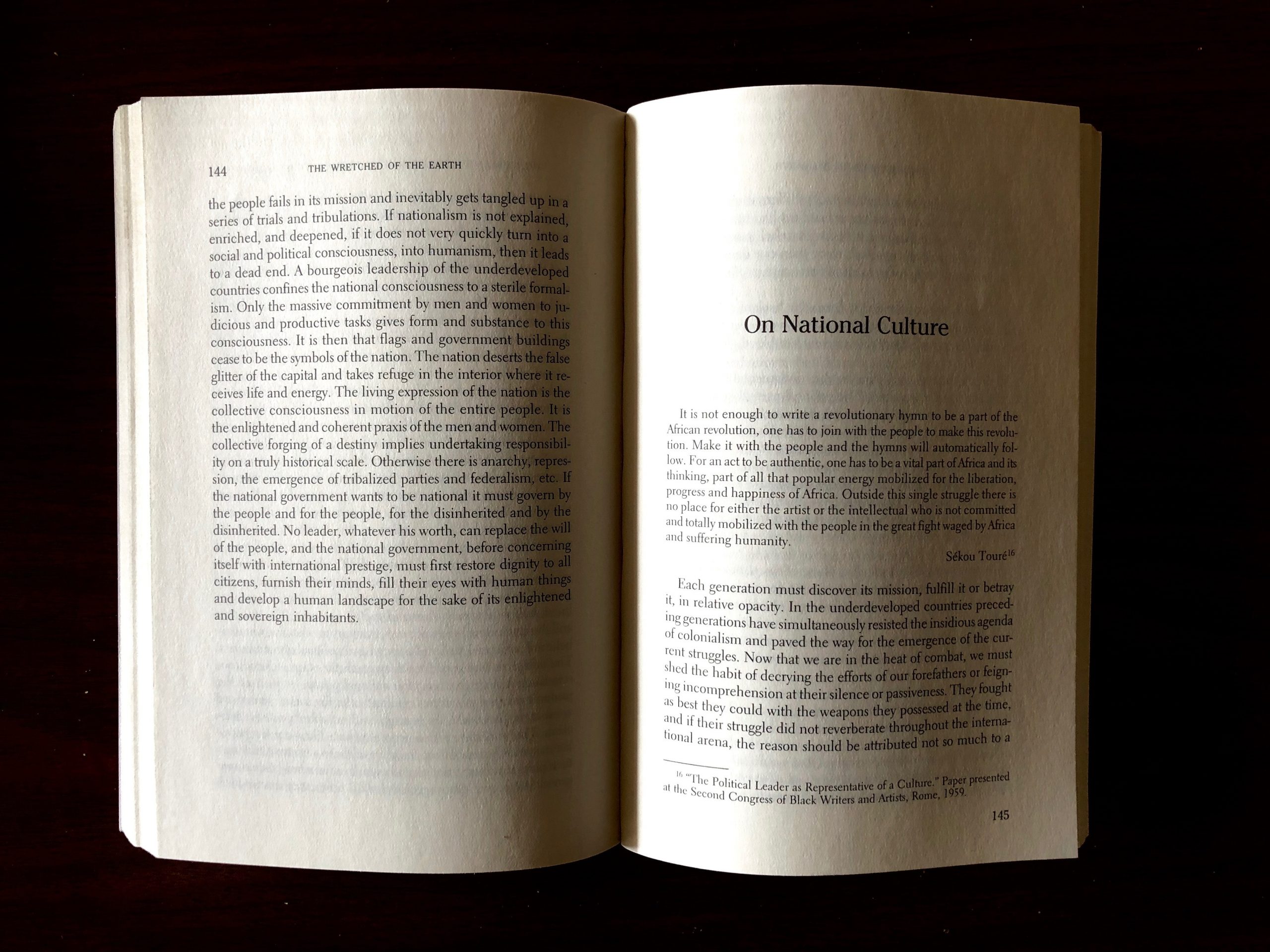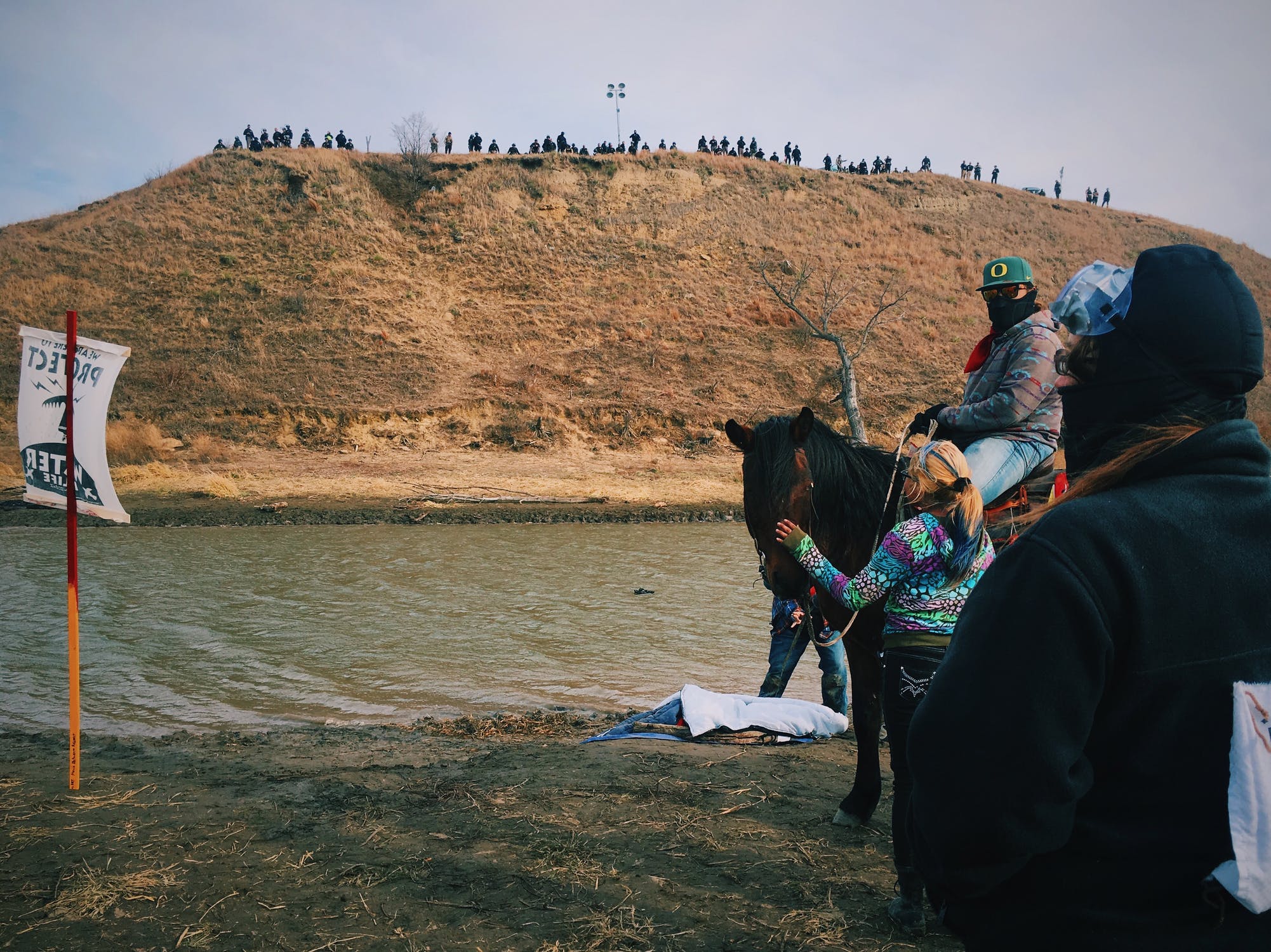“You still haven’t looked at anything, you’ve merely picked out what you’ve long ago picked out.”[1]
—
The snow is falling again. It hasn’t stuck around, so much as it’s come and gone in brief blankets turning in the season.[2] I remember the first time I felt this cold, and I remember last year, in the winter and in the snow, driving toward and leaving from a settlement in the center of the plains.[3] Even those memories I’m unsure of, where they came from or through whose eyes I’m looking when I greet them. Without the hurried seasons following every anchor encircling the Earth, I’d be lost in my own recollections and misunderstandings, perpetuating my own idea of selfhood. That’s not enough anymore. My certitude of my uncertainty has never felt more fortified.
There’s so much that I don’t know, but I often don’t feel comfortable admitting as much. The politics surrounding identity are such that one must be an expert on almost everything concerning your own culture, race, identities, identifiers, etc., and to not know those questions inevitably brings about some form of ineptitude or annoyance and weariness at having to teach. It’s a bleary oscillation between these modes of being, presenting, and performing. Whenever these couplings come up in broader culture it always reads as new and old. Same answer, different question.

—
Creator is dead, so is Vine, and I’m not feeling too well myself.[4]
—
I’m a member of the Ho-Chunk Nation of Wisconsin (enrolled with a number) and a descendent of the Pechanga Band of Luiseño Mission Indians (not enrolled at all), and those qualifiers and what they mean for me oscillate as well. It’s certainly a part of who I am, to me and my own definition of self. It’s also a way in for non-Natives to contextualize my experience and allow that experience to become authoritative and representative. As an Indigenous[5] filmmaker, I’m often asked about representation of Native peoples in the arts and in the media. Whenever I’m asked about Joseph Boyden or Jimmie Durham or Sam Durant, I shrug and try and say something meaningful while debating whether to admit that I don’t know much about them, their art, or their writings. There’s a large portion of myself that doesn’t want to know about them. These are concerns that draw time, energy, and attention away from the work that I want to do and want to see by others challenging current cultural currencies. But to ignore it is impossible. Because who we are is intrinsically defined by who we are not. Because conversations about identity are more necessary—and more dangerous—than ever. How we are perceived and represented has repercussions on how we can move forward—both internally and externally. Sometimes it’s dealing with the assertion and prioritization of white guilt, and sometimes it can be a conversation and not a fight. It’s a part of an ongoing process. To be free from the anxieties of self-definition by attrition can be a luxury with a severe cost.
—
“White desire is already always weaponized.”[6]
—
I remember sometime in the mid-2000s talking with a friend about mascots. Again, I didn’t think it was important and followed that thought with a list of what I thought were more pressing issues in Indian Country[7]. I was dismissive and aloof. But I was wrong. Understanding who I am today, a person who is a result of systemic oppression on many levels—from aggressions both micro and macro—has shaped and coerced the way that I navigate the world and perceive myself within it. It was when I realized that the culture at large doesn’t care about Indigenous People that I began to understand that my dismissal of something as trivial seeming as a sport mascots was a reflection of the attitude of the dominant culture back onto me. To not see how the dehumanization of cartoonish caricature or savage stereotype are violent is to participate and perpetuate.

For every ten people who respond with an affirmation that they agree, in solidarity or alliance, there’s always one person who has that Indian friend who says they just don’t care, that it’s fine by them. Or that person who brings up the Notre Dame Fighting Irish or the Minnesota Vikings as examples of exemplary respect given through mascots based on cultural communities, who maybe doesn’t remember the history of oppression those groups of people faced while they immigrated to the United States, a colonial history that has largely glossed over the nuanced culture of Scandinavian peoples and reduced them to horned rapists and pillagers. That the Irishman of Notre Dame is a caricature of a drunk who likes to fight—a stereotype that Native people have had thrust on upon them for a long time.
—
They don’t care about us and laugh when we turn on each other.
—
It’s important to see oneself reflected in the society we live in. More purposefully, it’s essential to see oneself reflected with potential and hope in the society we want to live in. I remember watching Star Trek: Voyager when I was 12 years old and thinking it was strange to see an Indian on TV, one who had an Indian-sounding name, who was a prominent sidekick but one with agency. I remember the criticism that the actor who played this character, Robert Beltran, faced from Native people I knew when it was revealed that he was of Mexican descent and, therefore, not a real “Indian.”

That logic quickly undermines itself, and to see a divisive line between Indigenous People in the United States and those south of a subjective border is nonsensical. But it’s what we’re taught. Lateral oppression—lateral violence—is too real. We are taught how to create Others out of our family, neighbors, and kin. Yet the contemporary definition of Indigeneity is growing, and with that there will inevitably be a new way to describe the assertion of individuality against overwhelming forces that seek to homogenize those who don’t speak the right kind of English, who don’t go to church, who look the way that they look and want to be called what they want to be called. Discussions of self-determination beyond political realms of sovereignty are catalysts for whatever is next—to reject violent ascriptions of identity and to not be humiliated and be accepting of that humiliation.
—
“Every spectator is either a coward or a traitor.”[8]
—
I’ve asked myself many, many times if the type of videos that I make are helping me move toward my ideals or are a distraction from their realization.
Ideally: they’re part of the praxis of decolonization theory.
Practically: they’re propositions for what Indigenous cinema could be.
Cynically: they’re self-indulgent and not reflective of the urgency of the times we live.

But what is urgent is what exists beyond myself and my experience. I’m not only the oppressed. I’m also an oppressor. As a hetero, cis-gendered male in this society I am afforded privileges that others are not. That line above, from Frantz Fanon, has stuck with me for some time now. I’d rather be neither a coward nor a traitor, but I fear that I’m both. Those binaries of condemnation bring feelings of flight and immobility. I hear the call but often don’t know what to do, what to say, or what not to say.
I’m effectively a spectator by being a cameraperson. I’d rather experience a moment in time through a lens and repurpose and reshape those images into something reflective of my own desire for understanding whatever cosmologies are at work, but often that isn’t enough—and shouldn’t be enough. I question myself: who I’ve been, who I’ve become, and who I hope to be. I’m inherently and directly Othered by the construct of race imposed on me, and I’m inherently and directly complicit in maintaining these power structures by my identity and by knowingly and unknowingly participating in those toxic and hurtful behaviors. I’m trying to understand how both my privilege and oppression affect me and, in turn, those around me. How to support those who are suffering without hijacking their healing and making it about mine. I’m beginning to understand how to be a listener, without being a spectator, and knowing that it is a pursuit of process rather than certainty.

—
“I sat in a warm rain that didn’t hurt my face.”[9]
—
Mark K. Tilsen shared that line on social media, remembering a moment at camp[10] during everything. It’s a beautiful line, a beautiful sentiment for the changing patterns of nature and how certain moments of calm can heal our pain. Everything we didn’t know about suddenly appeared in front of us and all we could do was try to find sense somewhere. There never was any time for making sense out of ourselves. Each minute was swallowed up by limitless idea and limited mobility.
This has gone astray.
I’ve left out a lot.
I’ve mentioned too much.
There are many threads being woven together to attempt to form and ritualize something less clear.
Now, I turn back around toward those who made many of these impressions possible. For some time now, I’ve written down the names of people who have taught me things. It’s far from complete; with every name I write, I try to remember the names I’ve forgotten or didn’t see for their gift. Still, it’s a small gesture toward keeping track of those flashes of uncertainty, and how someone added to a constellation of voiced and voiceless ways of being. That list serves as reminder that a difference between learning and knowing is little more than asking questions without the entitlement of an answer and honoring the vulnerability in saying and hearing “I don’t know.”

Creator isn’t dead, but it’s good to check in. Vine Deloria, Jr.[11] lives on through his writings and legacy. And I’ll be okay, because the middle of nowhere is the center of somewhere.




